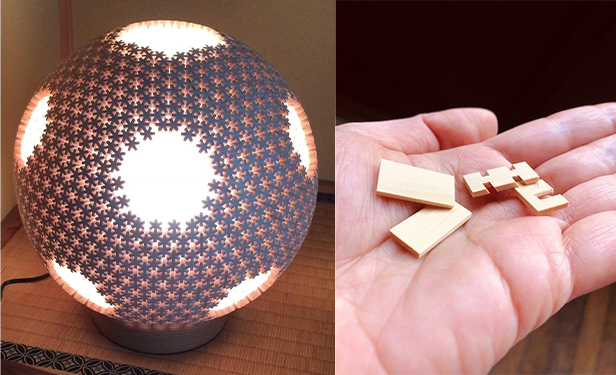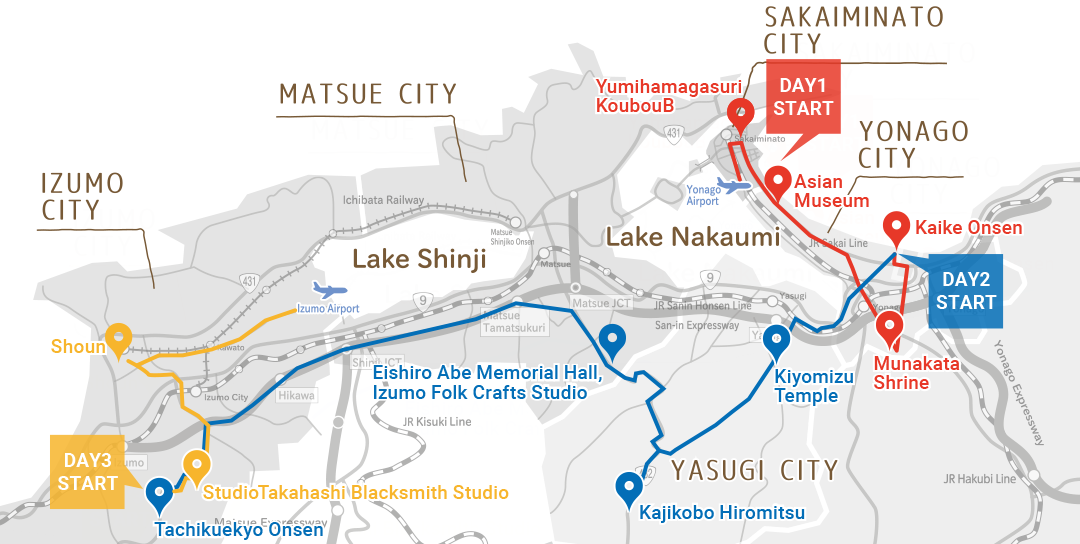Handcrafted gems and viewing spots for autumn leaves
In the heart of the san’in region, there are many handicrafts made from a variety of traditional materials (see episode 7 for pottery). We will visit the workshops of kasuri (cloth artisans), blacksmiths (who make candlesticks, flower vases and cutlery from steel), Japanese paper and Kumiko-zaiku (decorative latticework). We will have the chance to experience part of this ancient craftsmanship.
Also, if you visit around November, you would want to enjoy the autumn leaves. The gorgeous autumn colors of the maple trees that decorate the precincts of the temples, shrines and the valley will leave a lasting impression.
On the first day, we head to the Yumihamagasuri KoubouB, a workshop on the way from Yonago Airport and is located in a residential area. Kasuri is an intricate textile technique in which yarns are dyed in advance according to a pattern and used for the warp and weft when weaving the cloth. As the pattern is achieved by dyeing sections of the threads rather than combining threads of different colours, this type of weaving is extremely challenging as it requires perfect planning from the weaver. Craftswoman Kanako Butsusaka carries out the entire production process herself, from spinning the threads from raw materials to dyeing and weaving the cloth.
The fibers of Haku-shu cotton, which is grown in this area with its favourable growing conditions, are thick and short, so “it's difficult to control the amount of force used when spinning the threads,” says Ms. Butsusaka. The weaving process is also a daunting one, as each thread is dyed according to the desired pattern prior to weaving and the pattern gradually emerges as the cloth is woven. In modern times, when the demand for kimonos has decreased, many bags and accessories are made; and in 2020 masks were very popular.
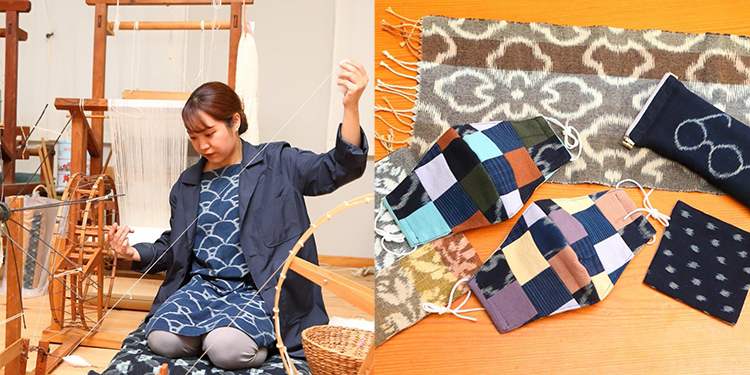
Head south on Route 431 to the Asian Museum, which is located along the road. There are five exhibition halls, one of which is the Kasuri Gallery, which displays the Yumihamagasuri and other styles of kasuri cloth from across Japan. The museum is also home to the Yasushi Inoue Memorial Hall, which reproduces the study room and drawing room of Yasushi Inoue, a writer known for his historical novels such as 'Tun-huang' and 'Dreams of Russia(O-Roshiya-koku suimu-tan)'.
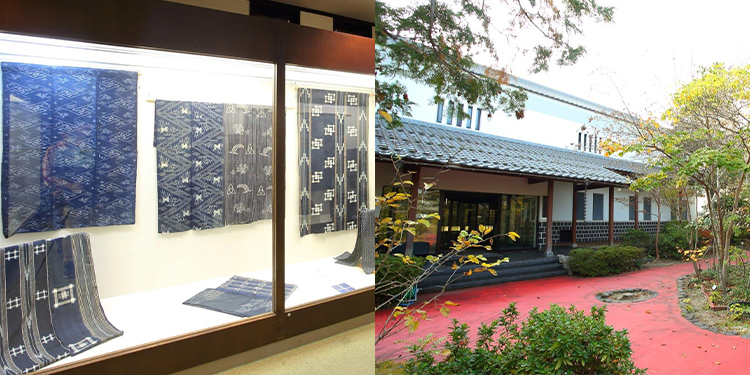
Further south on the Yumigahama peninsula, Munakata Shrine (a well-known autumn foliage spot) is located just south of downtown Yonago. The shrine has a history of over 1000 years and the current Shinto shrine guardian is the 48th generation of guardian. Maples are planted to cover the approach to the precincts, so the scattered leaves cover the ground at the peak of autumn colors.
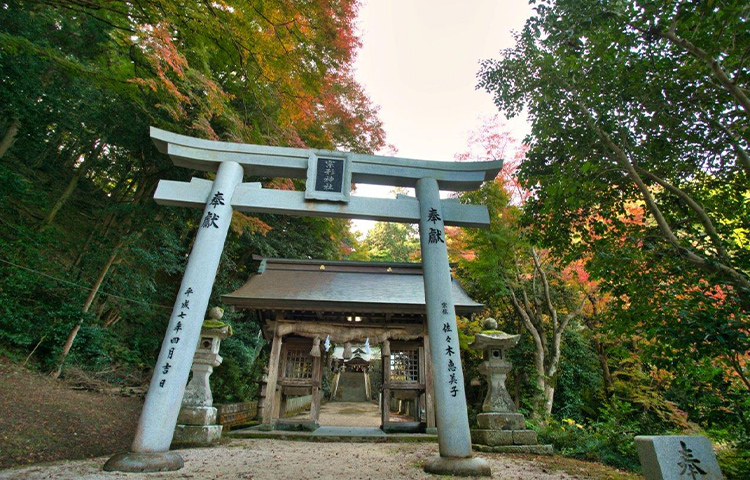
The hot spring resort town Kaike Onsen is located by the sea near the base of the Yumigahama peninsula. The resort has many large ryokans (Japanese-style inns). It celebrated its 100th anniversary in 2020. Kaike Onsen is known as a beneficial hot spring for beautiful skin. There are also rooms and baths with views of the sea.
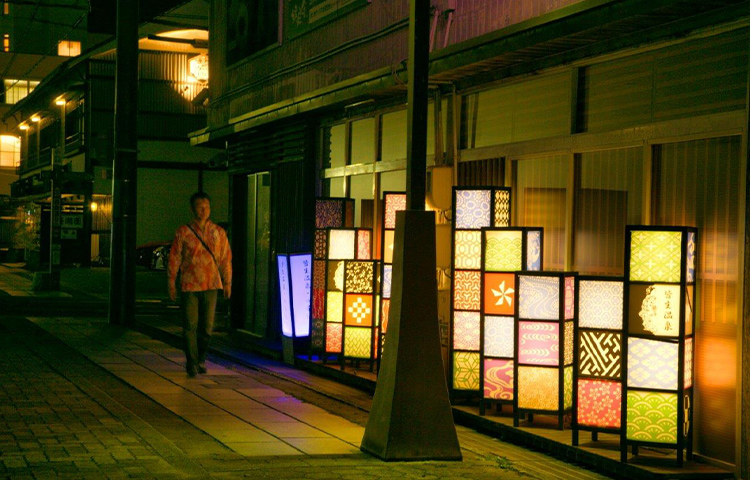
On the second day we head to Kiyomizu Temple in the mountains of Yasugi City. In November the maple leaves are at the peak of their beauty, and the red leaves cover the winding stone-paved path. The main hall and the three-story pagoda stand on a stone wall and overlook the precincts (due to construction work, the three-story pagoda will be closed until March 2021).
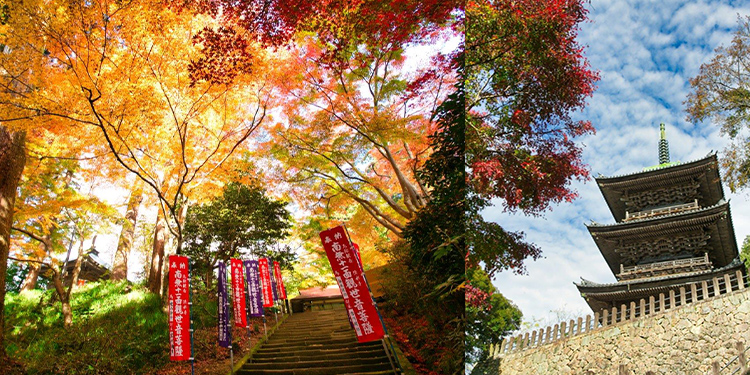
Continue on Prefectural Road 257. It's a rather narrow road, but the beautiful scenery of the traditional Japanese countryside continues. There is a Kajikobo Hiromitsu (blacksmith studio) in a small town called Hirose. Kaji (blacksmiths) make products by striking hot metal. Here the blacksmiths use the historic method of heating iron with charcoal heated to about 1000 ° C. Hiroya Koto says, "Hands are an extension of tools." Candlesticks and vases with beautiful curves are masterpieces of handicraft. You can also experience making a simple candlestick. (reservation required, from 10000 yen).
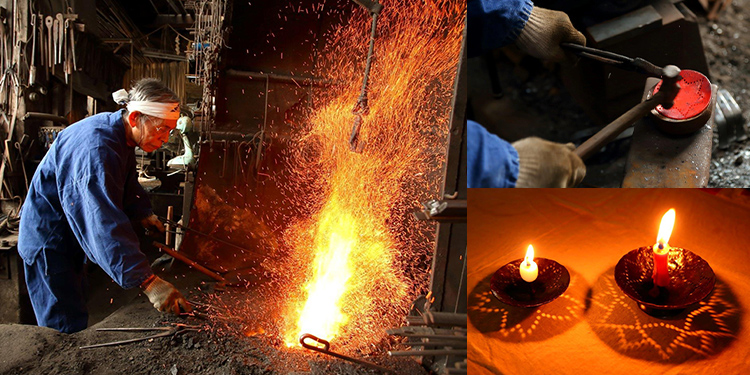
Candlesticks that can be made during the workshop. A hole in the plate creates the pattern in the light
The Abe Eishiro Memorial Hall is located on the northbound side of National Route 432 and is a Japanese paper museum. The museum introduces Izumo folk crafts, a type of paper perfected by Eishiro Abe, designated a living national treasure by the minister of education: “an individual certified as a preserver of important intangible cultural properties”. Japanese paper (Washi), which has both suppleness and strength, is completely different from everyday paper and is full of artistry. The art of papermaking has been passed down to Eishiro's grandsons, the brothers Shinichiro and Norimasa.
Demand for Japanese paper has fallen sharply in Japan in recent years due to the decline in the use of Japanese paper for household goods such as shoji screens and sliding doors. The museum shop sells items for everyday use such as business cards, postcards and envelopes. Visitors can try their hand at making various things such as postcards (booking required, 500 yen admission fee not included).
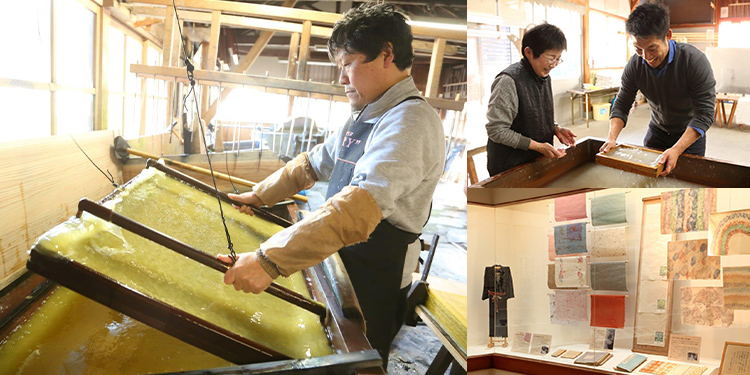
Travel west on National Route 9, which runs along the southern shore of Lake Shinji, and stay overnight at Hakkoen in Tachikue Gorge, which is located in the mountains south of the center of Izumo City. There is an outdoor hot spring facing the valley of the Kando River, where you can take a bath while gazing at the towering rock formations. The ravine can also be viewed from the bed rooms and dining room, and is illuminated at night.
The meal is a kaiseki course-meal with a variety of Japanese traditional dishes including Shimane beef and eel kabayaki, sashimi, tempura and chawanmushi (steamed egg custard). The Japanese Kaiseki meal involves a large number of small dishes both hot and cold, each intricately crafted like a piece of art.
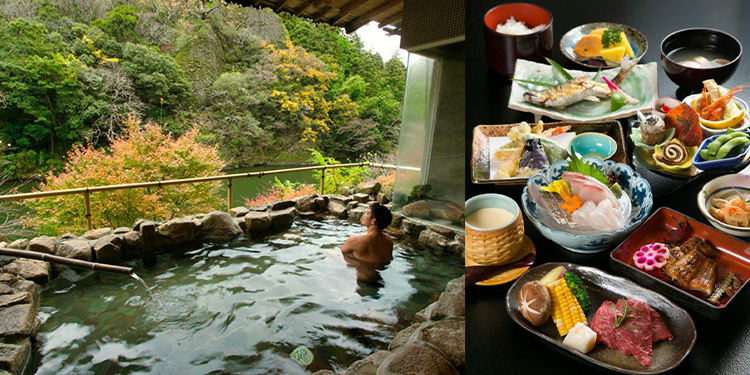
On the third day, take a walk around Tachikue Gorge before checking out from your inn. It takes about an hour to cross the suspension bridge and go around the promenade along the gorge. Near Reikoji Temple, there are 500 Rakan statues and a thousand Buddhas carved on the quay, creating a spiritual atmosphere.
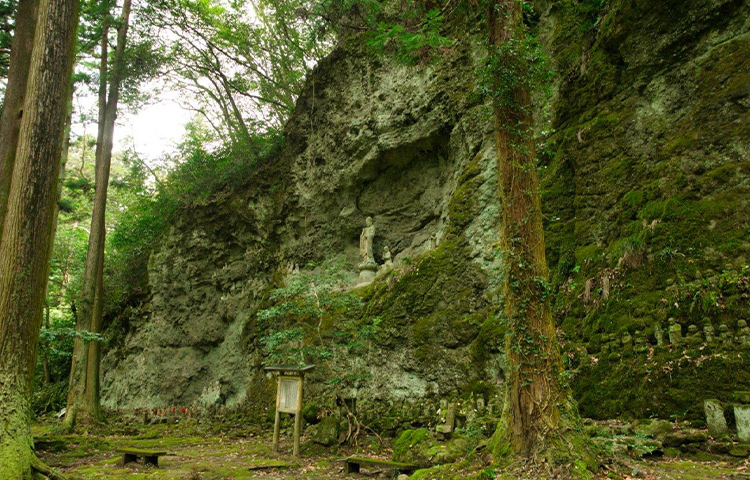
Takahashi blacksmith studio, a short drive from Hakkoen, makes knives and cutlery, as well as signboards and flower vases from Yasugi steel. Tsutomu Takahashi, fourth generation blacksmith, stretches the steel thinly, heats it and beats it to shape it, and gradually it takes the shape of a knife. Hardening, tempering, sharpening with a whetstone and attaching the handle complete the process. Maintenance sharpening and replacement of the handle is free of charge for the purchaser, so it can be used for a lifetime. You can try your hand at making a small knife (reservation one week in advance, 8800 yen).
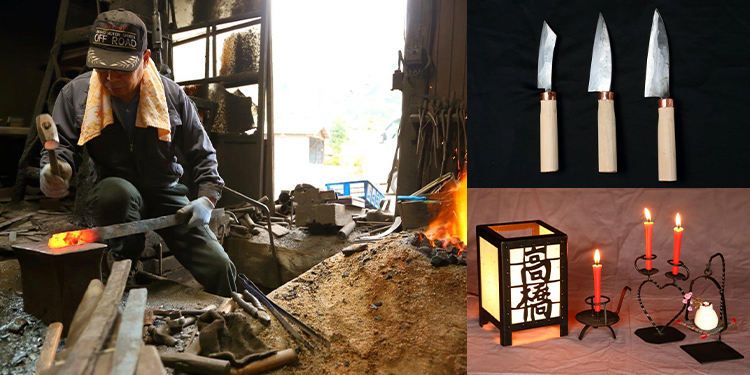
A variety of products, including vases and candlesticks
Heading north along Route 184, we end up in Shoun, in the city centre of Izumo. This is a workshop for making kumiko-zaiku, a type of geometric latticework made by combining thin pieces of wood without using nails. Kumiko-zaiku is usually used for flat objects such as shoji paper screens, but here they make spherical paper lanterns.
Shoko Itoga, the only disciple who succeeded the predecessor Hiromitsu Tatano, says, "The round shape is the most difficult part, and it takes a long time because everything is handmade”. The gentle, soft light radiates through the work.
